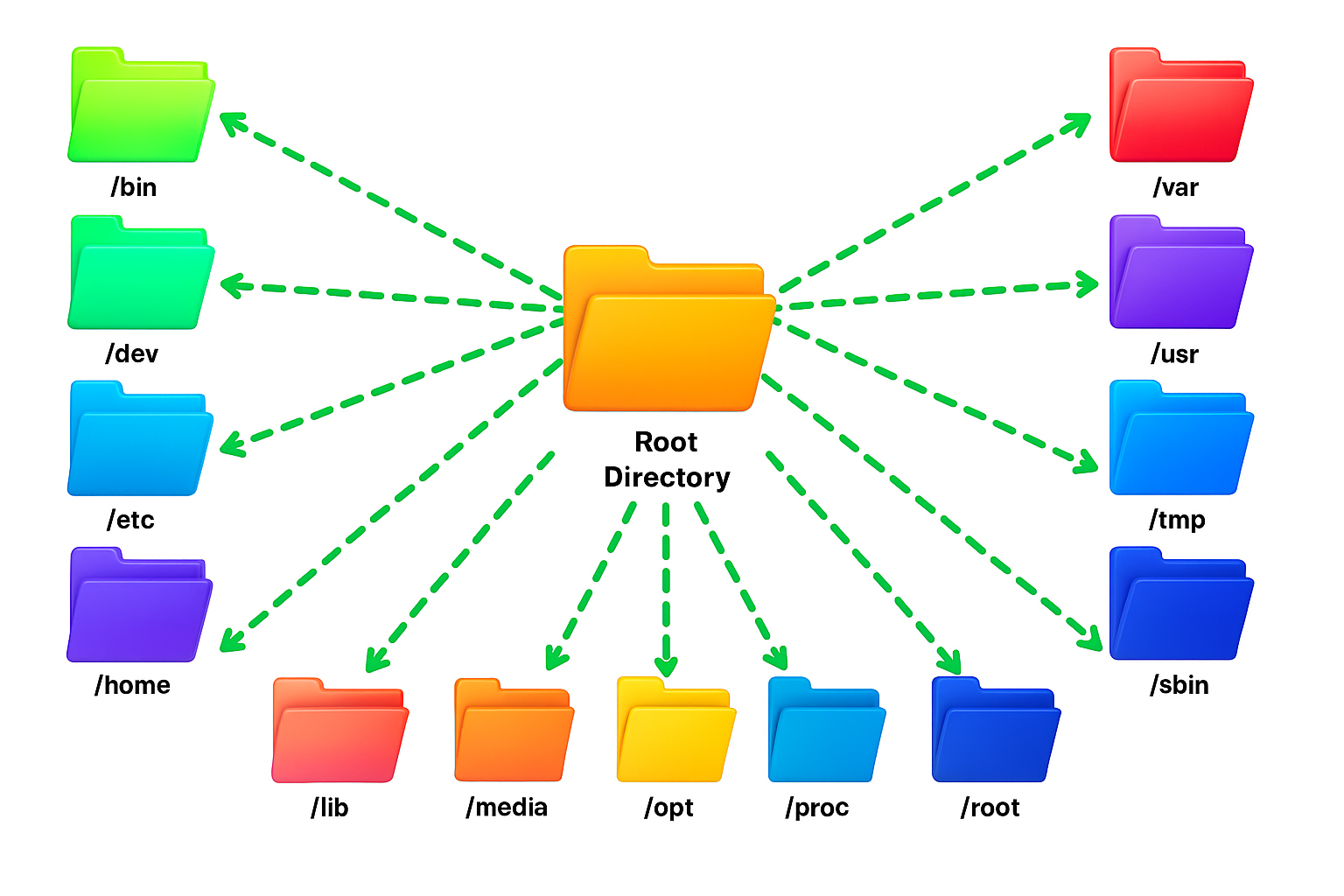
Understanding the Linux Boot Process: Step-by-Step Guide for IT Professionals
Introduction
dfdfd
The boot process is the journey your computer takes from the moment you press the power button until your operating system is fully loaded and ready for use. For IT professionals, understanding the Linux boot process is crucial for troubleshooting, performance optimization, and system administration. This guide explains each step in detail, providing a clear picture of how Linux initializes your system.
1. BIOS/UEFI Initialization
- BIOS (Basic Input/Output System) or UEFI (Unified Extensible Firmware Interface) is the first code that runs when a computer powers on.
- It performs the POST (Power-On Self-Test) to check hardware like RAM, CPU, and storage devices.
- Then it locates a bootable device and passes control to the bootloader.
2. Bootloader (GRUB)
- GRUB (GRand Unified Bootloader) is the most common bootloader in Linux systems.
- It presents a menu of available operating systems and kernel versions.
- Once a choice is made, GRUB loads the Linux kernel into memory.
3. Kernel Initialization
- The Linux kernel is the core of the operating system, responsible for managing hardware and system resources.
- During initialization, the kernel:
- Mounts the root filesystem.
- Initializes device drivers.
- Sets up memory management.
4. Init/Systemd Process
The init system (modern Linux uses systemd) is the first user-space process (PID 1).
It starts all essential services such as networking, logging, and daemons.
Systemd handles dependencies and parallel startup for faster boot times.
5. Services and Login
Once systemd starts all required services, the system is ready for user interaction.
This leads to the login prompt (TTY for CLI or Display Manager for GUI).
Bonus: Comparison with Windows Boot Process
| Step | Linux | Windows |
|---|---|---|
| Firmware | BIOS / UEFI | BIOS / UEFI |
| Bootloader | GRUB (GRand Unified Bootloader) | Windows Boot Manager (Bootmgr) |
| Kernel Init | Linux Kernel | Windows NT Kernel |
| System Init | systemd / init (starts services and targets) | wininit.exe (starts services and services.exe) |
| Login | Login Prompt / Graphical Login (GDM, LightDM, etc.) | Windows Login Screen (LogonUI.exe) |
Key takeaway: While the steps are conceptually similar, Linux uses systemd for service management, whereas Windows relies on its own service initialization sequence.
Conclusion
Understanding the Linux boot process is essential for IT professionals, whether troubleshooting a failed boot, optimizing system startup, or managing servers. A clear grasp of BIOS/UEFI, bootloader, kernel, and systemd ensures you can diagnose issues efficiently and maintain robust Linux environments.



